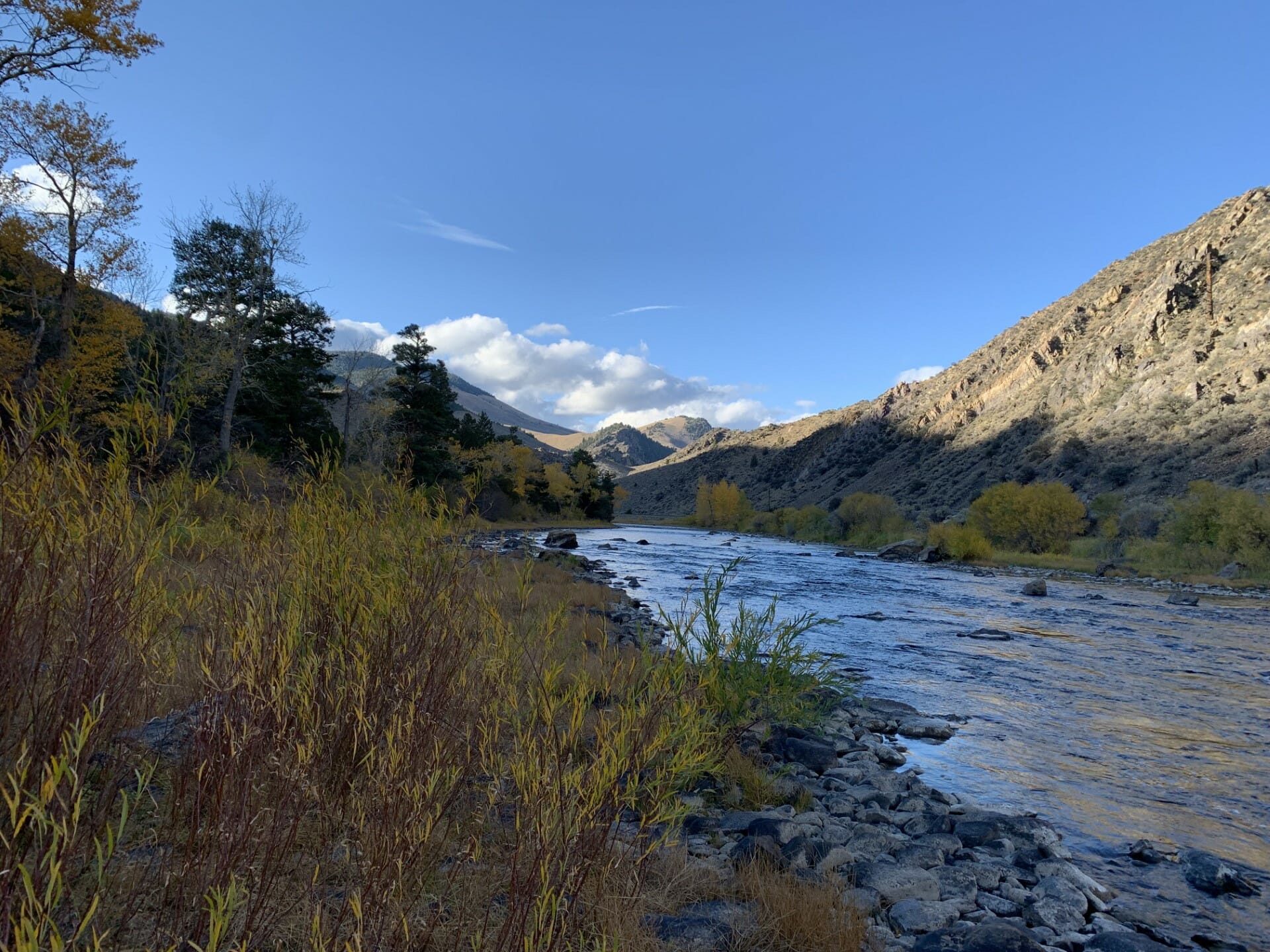Montana TU is collaborating and trying to come up with answers and solutions for trout health issues in SW Montana.
Early this summer, biologists with Montana Fish, Wildlife and Parks (FWP) presented stark findings from this year’s population surveys for brown and rainbow trout in southwest Montana. The surveys indicated that populations in some of Montana’s most iconic rivers were hovering at nearly the fifth percentile or lower of existing data ranges.
The news shook many anglers and conservationists. In fact, the first depressing numbers that biologists found in 2021 were part of a longer-term trend, which offered even worse news than originally thought.
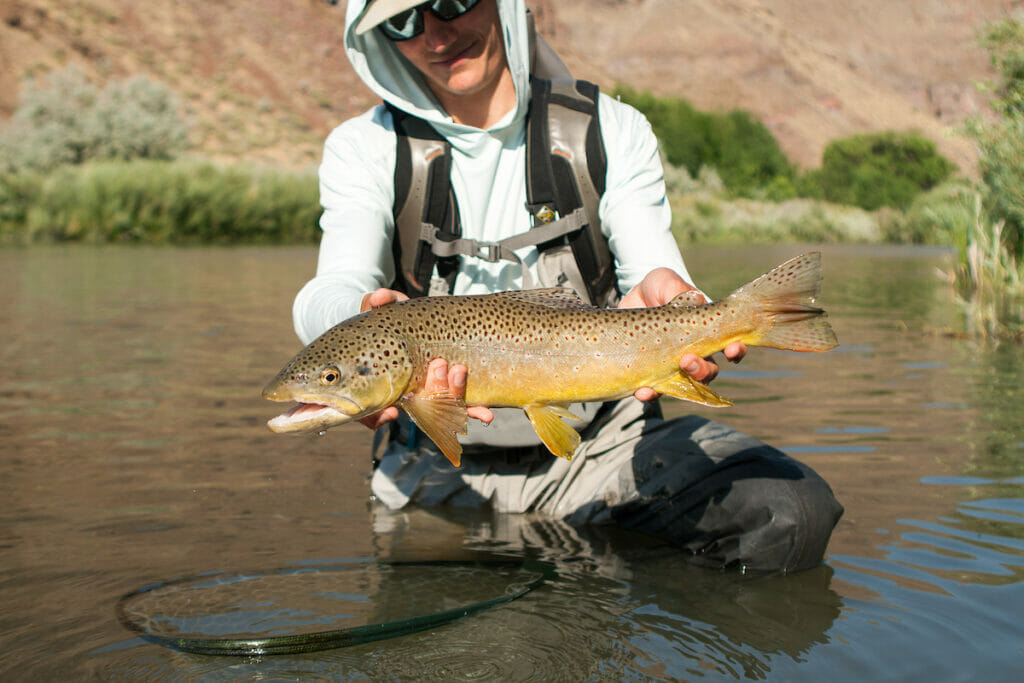
Montana TU (MTU) shares the concern about historically low fish population estimates on rivers across southwest Montana, including the Big Hole, Beaverhead, Upper Clark Fork, Ruby and to a slightly lower degree Madison rivers. What is now clear is that these numbers are part of a multi-year trend across the region directly correlated with prolonged periods of drought, warmer water and an overall poor water supply, especially in the late season.
We, like most anglers in western Montana, began searching for a better understanding of the data presented and potential primary and secondary drivers of the alarming fishery population trend. To that end, MTU hosted a meeting with Fishing Outfitters Association of Montana (FOAM) and invited biologists and leadership at FWP, the American Fisheries Society as well as scientific experts in the field at Montana State University (MSU). More than fifty concerned members of the public attended and participated in the lively discussion that led us to believe that more dialogue between stakeholders is a priority as we navigate this shared problem.
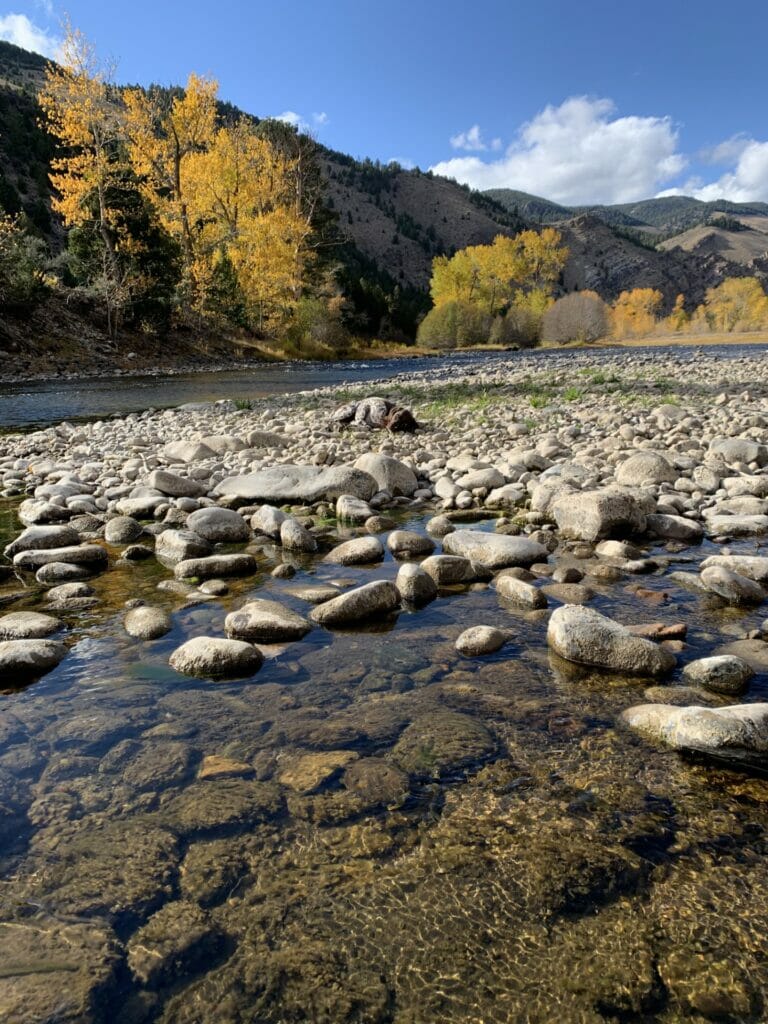
In an immediate response, FWP staff proposed a set of proactive emergency fishing regulations to ensure that anglers are not further contributing to population level losses on these rivers. Along with FOAM, we supported changes to the regulations that protect fish during their spawning activity in front of the Fish and Wildlife Commission in June. We applauded their adoption for the Beaverhead, Big Hole and Ruby rivers where fish populations are at their worst. Fishing regulations alone are not going to solve the problems facing these rivers, but they are a start and ensure no further harm is incurred.
As of now, the staff at MTU are directly engaging nearly every day with agency leadership at FWP, the Department of Natural Resources and Conservation and the Department of Environmental Quality as well as in regular communications with the Governor’s office and key legislative partners.
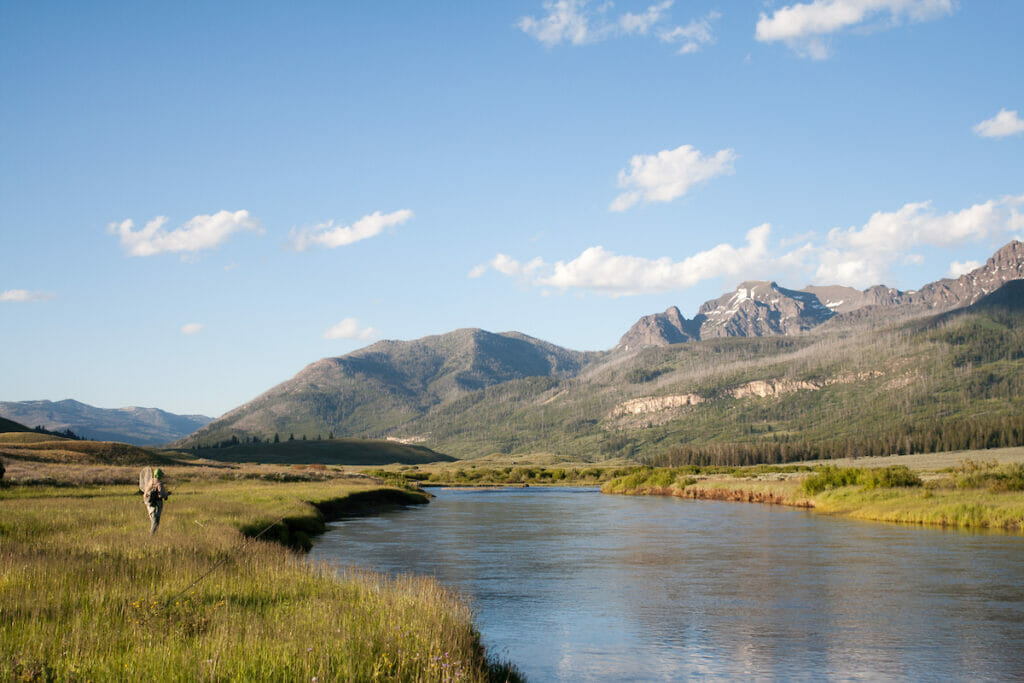
We are also partnering with the outfitting and guiding community through FOAM. These conversations are proving fruitful in laying the groundwork to gain better information, more coordination and additional resources to solving the complex problems in southwest Montana. MTU staff, along with partners like FOAM, are closely studying the fish sampling results to assess continued research and resource needs, along with FWP staff and biologists. Further, we are engaging with them to build robust adaptive management plans and thoughtful future scientific study designs, including those announced this summer in partnership with MSU.
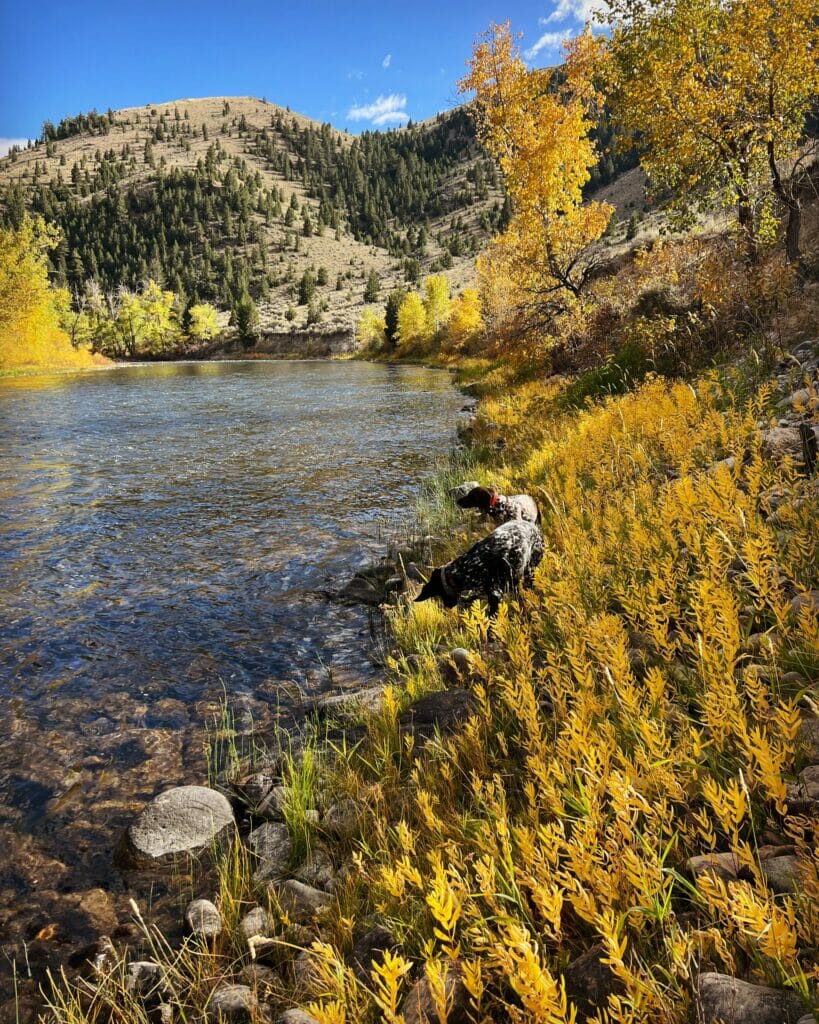
MTU and FOAM have been standing alone in the Montana legislature advocating for more resources for our natural resource agencies and creative policy frameworks to boost instream flows and put more water in the rivers when and where it is needed. In the most recent legislature, MTU secured state funding that gave agencies and partners additional resources to lease water for the benefit of fisheries and to reduce the timeline to convert existing water rights to protected instream flow through the Montana Water Use Act. Now is the time to use them.
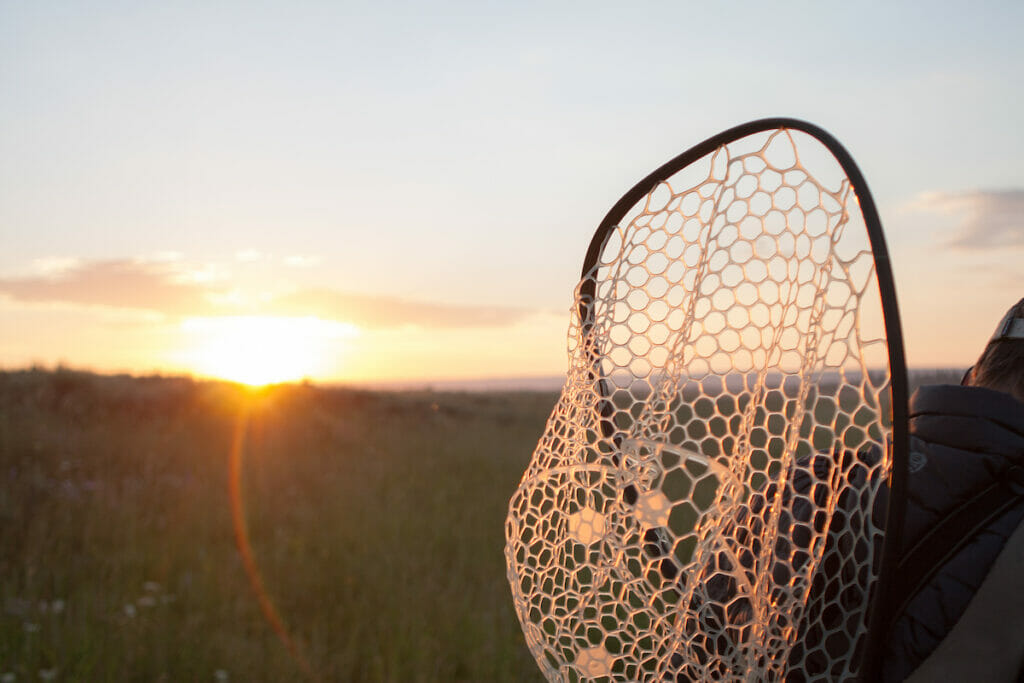
At this point, we know that there is no silver bullet to recovery, and it takes some work to cut through the hysteria in the media. Plain and simple – we need a series of good water years that will support viable late season coldwater habitat. In the meantime, there is plenty of good work that MTU is leading here in Montana. We are finding new ways to work together — with TU National, chapters, and all water users to conserve and protect the resources we do have. And Trout Unlimited will continue to focus on what we know will move the needle – improving fish habitat through barrier removal, enhancing water quality through mine remediation, and working to protect incredible rivers like the Smith.
The bottom line is this – MTU has rolled up our sleeves and is working with all willing stakeholders to find collaborative solutions to increase streamflow, improve the science and recover trout populations in southwest Montana. It will take time, better science and true collaboration for these rivers to recover, but with enough perseverance we will get there.
Clayton Elliott is the conservation and government relations director of Montana Trout Unlimited



